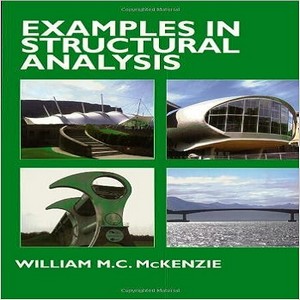Examples in structural analysis
by
Prior to the development of quantitative structural theories in the mid-18th century and since, builders relied on an intuitive and highly developed sense of structural behaviour.
The advent of modern mathematical modelling and numerical methods has to a large extent replaced this skill with a reliance on computer generated solutions to structural problems.
Professor Hardy Cross1 aptly expressed his concern regarding this in the following quote:
‘There is sometimes cause to fear that the scientific technique, the proud servant of the engineering arts, is trying to swallow its master.’
It is inevitable and unavoidable that designers will utilize continually improving computer software for analyses.
However, it is essential that the use of such software should only be undertaken by those with the appropriate knowledge and understanding of the mathematical modelling, assumptions and limitations inherent in the programs they use.
Students adopt a variety of strategies to develop their knowledge and understanding of structural behaviour, e.g. the use of:
• computers to carry out sensitivity analyses,
• physical models to demonstrate physical effects such as buckling, bending, the development of tension and compression and deformation characteristics,
• the study of worked examples and carrying out analyses using ‘hand’ methods.
Examples in structural analysis focuses on the provision of numerous fully detailed and comprehensive worked examples for a wide variety of structural problems.
In each chapter of Examples in structural analysis a résumé of the concepts and principals involved in the method being considered is given and illustrated by several examples.
A selection of problems is then presented which students should undertake on their own prior to studying the given solutions.





Reviews
There are no reviews yet.